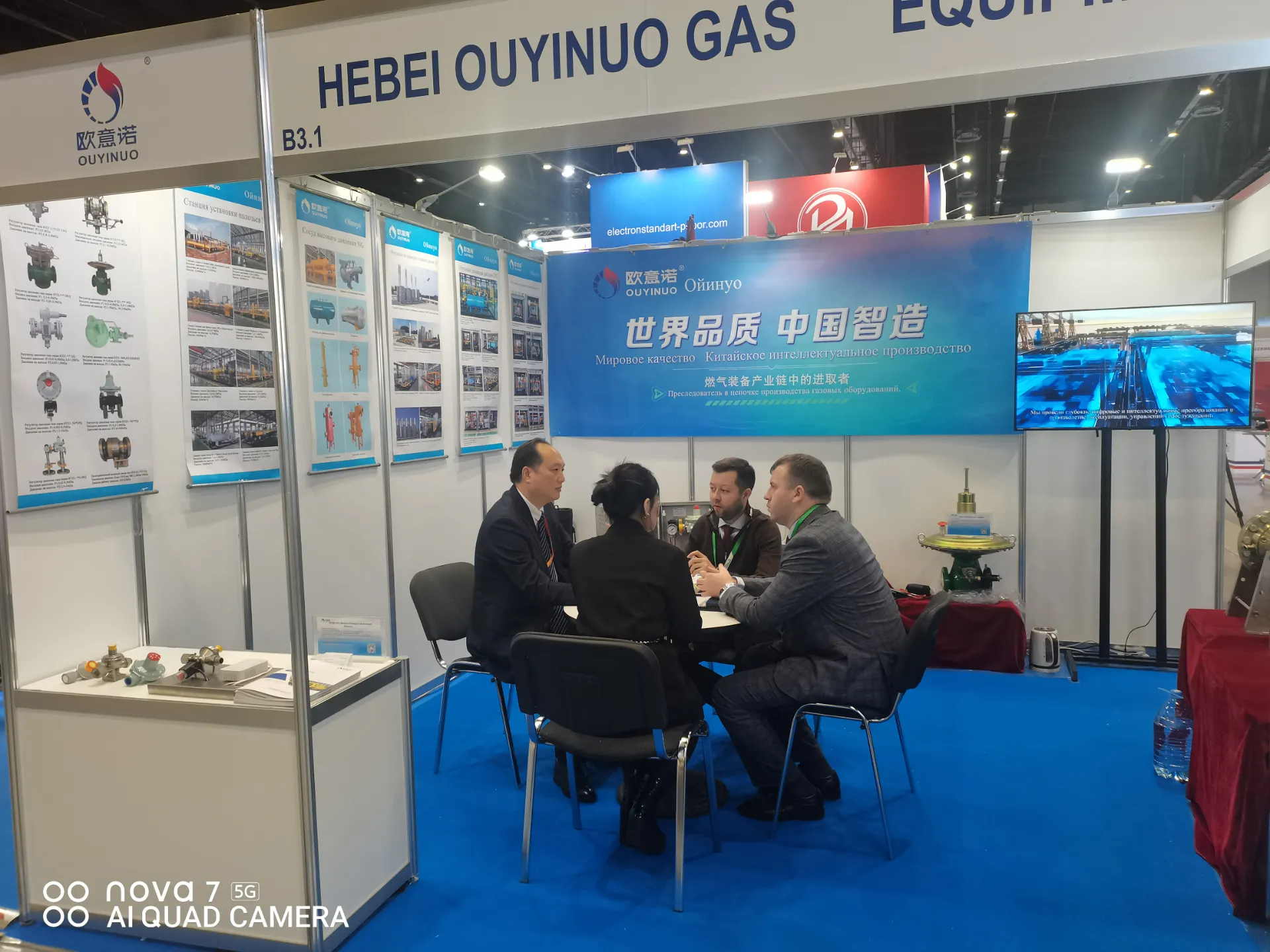
Dec . 22, 2024 00:28
Back to list
pressure pipe
Understanding Pressure Pipes Essential Components of Modern Infrastructure
Pressure pipes are specialized pipes designed to carry fluids under pressure, playing a crucial role in various industries, including water supply, oil and gas, and chemical processing. Their ability to withstand high pressures while maintaining structural integrity is what makes them indispensable in modern infrastructure.
Types of Pressure Pipes
Pressure pipes come in various materials, each tailored for specific applications. The most common types include
1. PVC (Polyvinyl Chloride) Widely used in residential and commercial water supply systems, PVC pipes are lightweight, resistant to corrosion, and relatively inexpensive. They can handle moderate pressure levels, making them suitable for a variety of applications.
2. HDPE (High-Density Polyethylene) Known for its flexibility and toughness, HDPE pipes can endure higher pressures and are often used in water distribution systems and wastewater management. They are also resistant to chemicals and environmental stress, which enhances their durability.
3. Steel Pipes For high-pressure applications, such as oil and gas transmission, steel pipes are preferred due to their strength and longevity. They are often coated to prevent corrosion and can be manufactured in various thicknesses to manage different pressure levels.
4. Ductile Iron Pipes These pipes combine the strength of iron with the flexibility of ductility, making them suitable for water and wastewater systems under high pressure. Their durability and ability to be assembled with various fittings make them a popular choice.
Design and Engineering
pressure pipe

The design of pressure pipes involves careful consideration of several factors, including the fluid being transported, pressure levels, temperature, and environmental conditions. Engineers must adhere to strict safety standards and regulations to ensure that the pipes can withstand operational demands. This includes analyzing stress factors, selecting appropriate materials, and designing joints and fittings that can maintain seal integrity under pressure.
Applications of Pressure Pipes
Pressure pipes are vital in numerous applications. In municipal water systems, they transport drinking water from treatment facilities to homes and businesses. In industrial settings, they are essential for transporting chemicals, solvents, and gases safely. In the oil and gas industry, pressure pipes facilitate the transportation of crude oil and natural gas over long distances, often under extreme conditions.
Additionally, pressure pipes play a key role in irrigation systems, helping to deliver water efficiently to agricultural fields. They ensure that pressure is maintained throughout the system, which is critical for effective irrigation practices.
Maintenance and Safety
Regular maintenance of pressure pipes is crucial to prevent leaks and ruptures, which can lead to costly damages and environmental hazards. Routine inspections, pressure testing, and cleaning are best practices to extend the lifespan of these pipes. Additionally, advancements in technology, such as smart sensors and monitoring systems, have improved the ability to detect issues before they escalate, ensuring a safe and reliable operation.
Future Trends
As technology advances, the materials and methods used in the production of pressure pipes continue to evolve. Innovations such as trenchless technology are reducing the need for extensive excavation during installation or repairs, minimizing disruption to the environment and communities. Moreover, the move toward sustainable materials reflects a growing emphasis on reducing the environmental impact of infrastructure development.
In conclusion, pressure pipes are integral to various sectors, contributing to the safe and efficient transport of fluids under pressure. With ongoing advancements in materials and technology, these pipes will continue to play a vital role in shaping the infrastructure of the future, ensuring that society's needs for water, energy, and resources are met sustainably and effectively.
Next:
Latest news
-
Safety Valve Spring-Loaded Design Overpressure ProtectionNewsJul.25,2025
-
Precision Voltage Regulator AC5 Accuracy Grade PerformanceNewsJul.25,2025
-
Natural Gas Pressure Regulating Skid Industrial Pipeline ApplicationsNewsJul.25,2025
-
Natural Gas Filter Stainless Steel Mesh Element DesignNewsJul.25,2025
-
Gas Pressure Regulator Valve Direct-Acting Spring-Loaded DesignNewsJul.25,2025
-
Decompression Equipment Multi-Stage Heat Exchange System DesignNewsJul.25,2025

